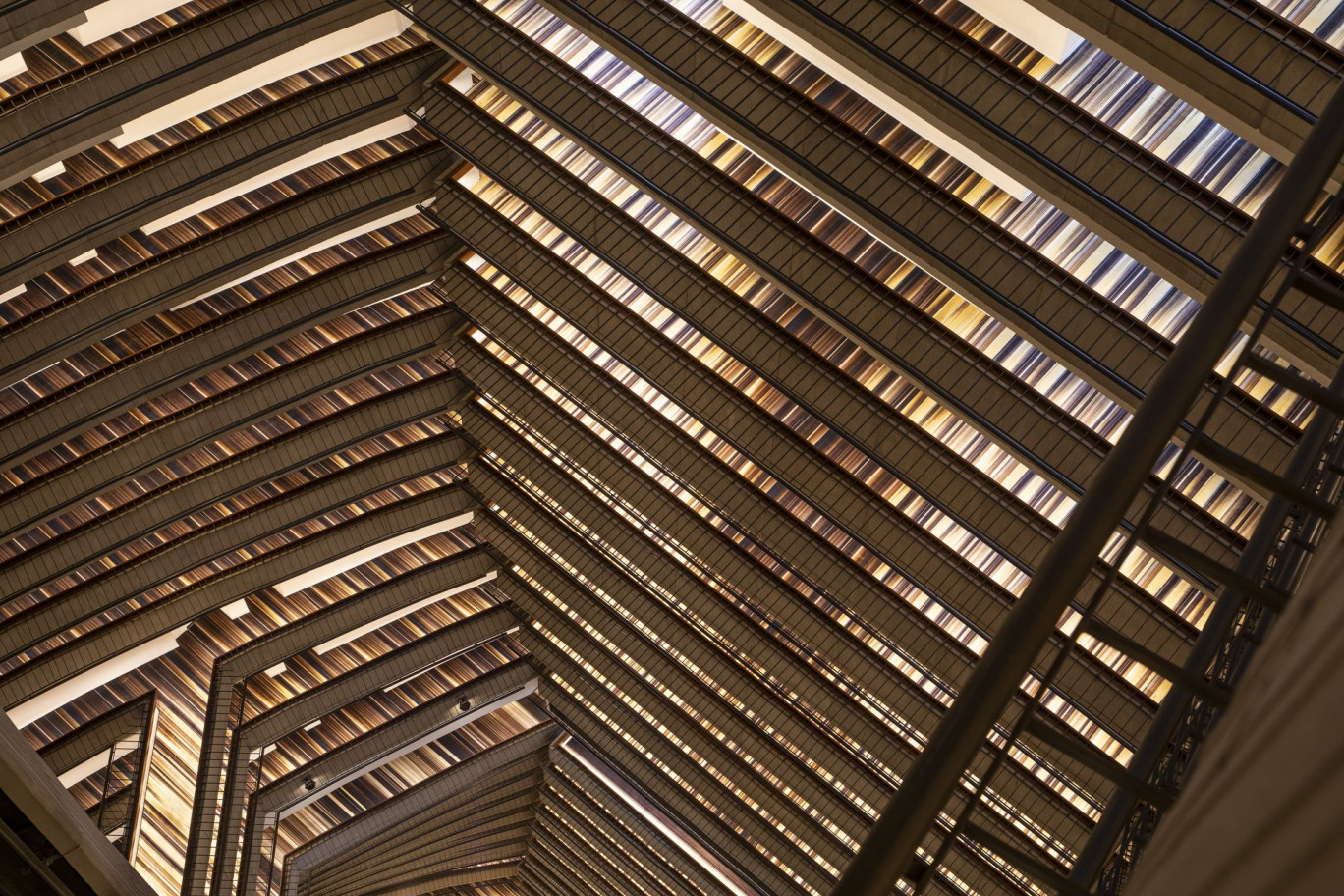The Design of Carpets That Design Us
When we walk on a carpet, we rarely think of it as an object that controls space. While carpets may be the most dominant designed elements of some spaces, architectural historians have rarely paused to consider the motives behind their design and placement and what their atmospheric and psychological impacts are. The Design of Carpets That Design Us is an exhibition that explores how carpets perform in architecture.
With the emergence of the very large building as a capitalist take on the 1960s dream of the liberating megastructure, the carpet becomes a protagonist through which questions of control, authorship, and economy can be explored. Hotels, casinos, convention centres, and office spaces often come complete with dazzling, confusing, and disorienting carpets. These carpets are on occasion designed by architects but most often by corporate designers, brand rules, and user behaviours. Hospitality experts have laboured to establish an alchemy of carpet production that intensifies experiences and habits that cater to the interests of property owners.
The Design of Carpets That Design Us bridges this rift by combining contemporary documentation with materials from an array of commercial and archival sources, asking why architects relinquished authorship of the design of carpets in their projects and so often failed to conceive of carpets that would enhance, rather than neuter, their buildings. The exhibition highlights the motivations and techniques of designers within flooring corporations and explores how big corporation design rules have taken over carpet production in alignment with branding strategies, ultimately exposing how carpets play a key role in conditioning user behaviours and transforming architectural spaces into devices for profit.
The Design of Carpets That Design Us aims to contextualize and decipher the mechanisms that shape some of the most profitable and extravagant spaces that are being designed today.
